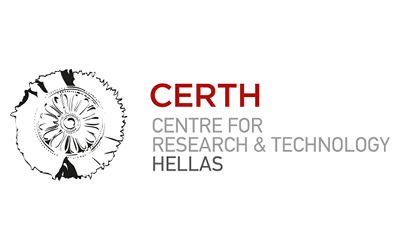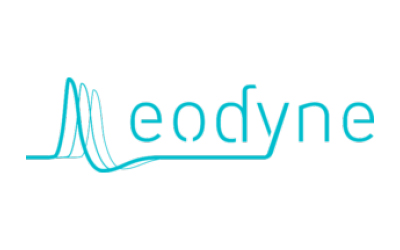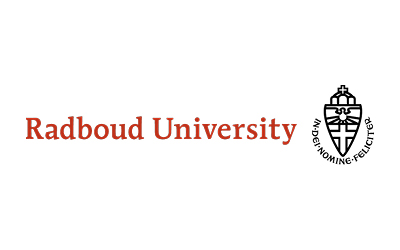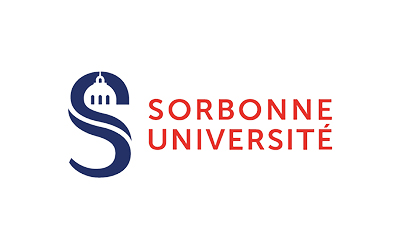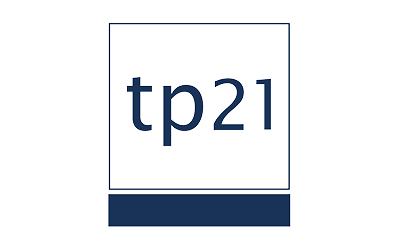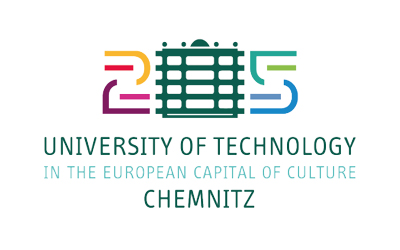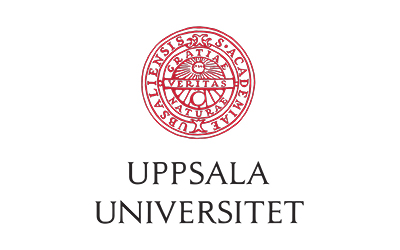CAVAA
The Counterfactual Assessment and Valuation for Awareness Architecture
Can AI have a conscience and will machines be able to assess the external context and implement appropriate action plans?
In a landscape where Artificial Intelligence, machine learning and robotics are increasingly integrated in different processes and areas, the challenge arises to establish the basis for consciousness and moral rules governing the actions of the different agents – visible and invisible – involved in these processes.
Currently, artificial agents lack spatial and temporal awareness, awareness of themselves and others, and decision-making capacity.
The CAVAA project will work for four years to generate artificial consciousness by interconnecting a cognitive architecture of agents with the ability to reason, make decisions or review past experiences to reflect on what went right or wrong.
To achieve this goal, the CAVAA consortium builds on the growing understanding of the biological basis of consciousness and its role in the construction of virtualized world models in which mental life takes place. This project starts with an explicit theory of consciousness focusing on virtualization, simulation, compression and valuation, which is realized in a consciousness architecture, thus facilitating synthetic consciousness in AI systems.
CAVAA will elaborate an underlying theoretical framework of consciousness and express it as a cognitive architecture to contribute to the explanation of consciousness in a biological system and engineer it into technological agents that collect and store experiences while interacting with the outside world. This will be based on a Distributed Adaptive Control (DAC) architecture. A new virtualization layer will be added to represent potential states of the world and the self, fully decoupled from immediate sensory states, compressed into a single unified state of consciousness, and its top-down control over memory, valuation and creativity.
The CAVAA project is committed to the explicit and operational validation of all concepts underlying the theoretical framework of the project in order to obtain the most tangible, tested and applicable results possible.
ROBOTNIK AT THE PROJECT
Robotnik’s main role in CAVAA is to provide a simulated environment and a real mobile robot to embody the computational cognitive models of CAVAA’s architecture. For this purpose, Robotnik will develop a version of RB-KAIROS+ mobile manipulator, adapted to CAVAA’s architecture needs.
Robotnik will develop the module of exploration that will allow the robot to navigate through an unknown environment with invisible states and acquire information that will feed the computational cognitive models. Moreover, it will develop the communication interfaces to share information between the high level architecture and the low level robot control.
In addition, Robotnik manages the integration of CAVAA’s architecture on robot agents as a leader of WP3: “Interfacing the CAVAA architecture to external embodied and virtual agents”.
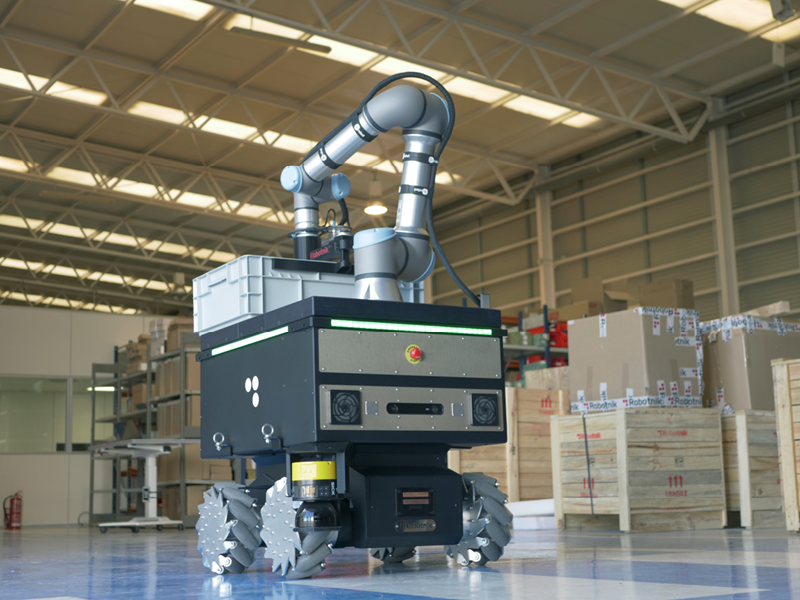
View more projects


